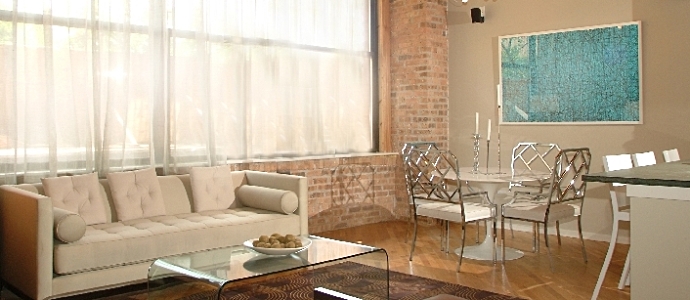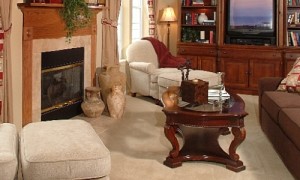Marrying Modern Interior Design to an Historic Exterior
While you can’t do much to change the historic exterior of these homes, you can change the inside. Many historic homes in Philly feature modern interior design. The trick is to blend the historic and the modern in a way that is comfy and natural.
If you own a home in Philadelphia, it may be part of a historic district or on the register of historic places. Historic districts in the city include Girard Estates in South Philadelphia, Rittenhouse and Fitler Squares, Old City, and the Tudor Revival homes on Midvale Avenue in East Falls. While you can’t do much to change the historic exterior of these homes, you can change the inside. Many historic homes in Philly feature modern interior design. The trick is to blend the historic and the modern in a way that is comfortable and seems natural.
Keep a Few Historic Elements Inside
Modern interior design doesn’t mean that you need to rip out all the traditional details of a home. For example, if you live in a Victorian brownstone, try to retain at least one or two historic features on the interior. You might hang onto the molding around the doors or keep the original tile on the floor or walls of the living area.
Choose one historic feature that appeals to you and find a way to make it work with modern decor. Dark wood molding can provide an eye-catching contrast to sleek, light-colored modern furniture, such as a glass or Lucite coffee table or a white leather couch. You can choose to keep the molding but paint it a color that meshes better with a modern interior.
Bring in Traditional Touches
You can also go for an eclectic modern interior design by bringing in old looking pieces and deliberately mixing and matching modern and traditional. Invest in antique furniture, such as a velvet couch, and use it in a room with decidedly modern touches, such as a glass table and leather ottoman. Hang paintings with vintage or antique style frames above a sleek, modern fireplace.
A traditional piece can serve as the focal point of a room with an otherwise modern design. The piece can recall the exterior of the house. For example, you could hang a large sixteenth century painting in the living or dining room of a Tudor Revival home in East Falls.
Your blending of historic and modern can also be much more subtle. Modern design is usually associated with straight, clean lines, so throw in a nod to tradition now and then by adding a piece of furniture or a decorative object with a slight curve. You might hang a round mirror or invest in tables that have slightly curved legs.
Ignore History Completely
Another option is to leave the historic exterior as is and go for a thoroughly modern interior design. The home will recall its past on the outside, but be completely up-to-date and livable on the inside. When you divorce the interior from the exterior in this way, you want people’s reaction to be one of surprise when they walk into your home.
Creating a completely modern interior while retaining the historic exterior gives you the best of both worlds. Inside, you have clean lines and a lack of clutter or stuffiness. Outside, you have a home that is warm and welcoming.
[cf]skyword_tracking_tag[/cf]




